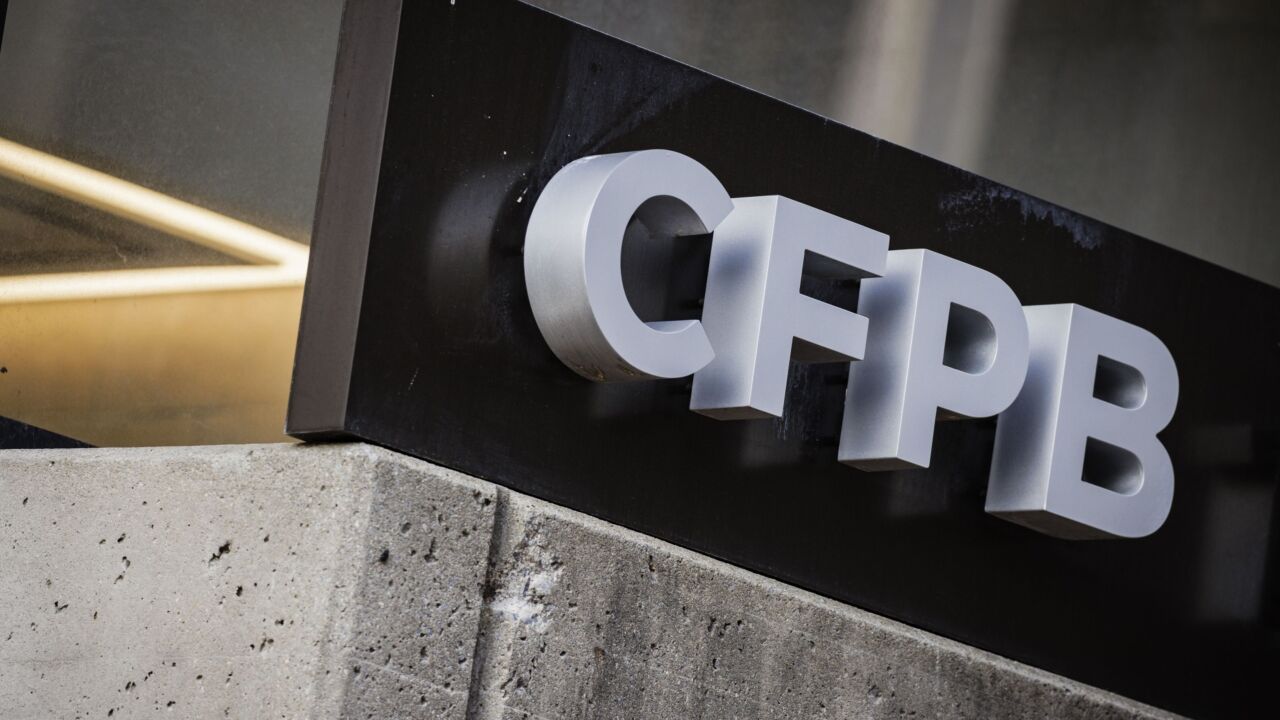A new service is said to be the first to settle foreign exchange trades simultaneously and irrevocably.
The service, called continuous linked settlement, went live Sept. 9 after two postponements. It is run by New York-based CLS Bank International, which got regulatory approval for it on Sept. 5 from the Federal Reserve Bank of New York. The bank's 66 shareholders include the world's largest banks, which together conduct more than 80% of all foreign exchange business.
Executives at CLS Bank say that their system settles bank-to-bank foreign exchange transactions within a few hours instead of two days or more. They say that other settlement systems are bogged down by multiple time zones and legal jurisdictions, and that the delays pose bigger settlement risks and tie up capital.
It also said continuous linked settlement eliminates the so-called "Herstatt risk" of paying away one currency and failing to receive the other. Both sides of a payment - not a trade - are settled at once on a payment-versus-payment basis, making it almost as final and certain as a domestic payment system.
CLS said it does this by linking the clearing systems of seven central banks for five hours daily, so that days of settlement risk and uncertainty are replaced by a single window.
"It's a very big deal," said Lawrence Sweet, a vice president of the Federal Reserve Bank of New York. "It has the potential to become a watershed development. The foreign exchange market is, by far, the largest market in the world, and therefore has the largest potential for settlement risk."
Nigel Knight, the CLS project manager at CLS Bank shareholder J.P. Morgan Chase & Co., called continuous linked settlement "a significant development for J.P. Morgan Chase and the banking industry, primarily because of reduced settlement risk and increased efficiency."
Mr. Knight said Morgan Chase is live on the system and that it is going well. He said increasing concern about foreign exchange settlement risk among regulators and among companies like JPM Chase that deal heavily with foreign exchange played a big role in the establishment of the system.
Executives at CLS Bank International said that 39 of its 66 shareholders are using the CLS system to settle trades in seven eligible currencies: U.S. dollars, euros, yen, British pounds sterling, Swiss francs, and Canadian and Australian dollars.
Joseph De Feo, CLS Bank's president and chief executive officer, said he expects 75% of the shareholders to start using the service by yearend, and the rest to start next year.
"It is the first of its kind," Mr. De Feo said in a telephone interview. "It is the first implementation of a global infrastructure. We consider it as one of the most important developments to facilitate globalization. So far, the banking system has not kept up with international business."
Unlike the online foreign exchange trading platforms created in recent years - including Fxall, Currenex Inc., and State Street Corp.'s FX Connect - CLS Bank does not execute trades. It simply settles payments for trades.
Robert Iati, the research director for securities and capital markets at TowerGroup, the technology consulting firm in Needham, Mass., said continuous linked settlement is "complementary" to the trading platforms.
"The launch and hopeful success of CLS will help prop up foreign exchange trading platforms because of the reduced risk," he said. "CLS is a bank that was effectively put together by a consortium of banks, and really its purpose is to consolidate and mitigate risk in foreign exchange trading."
Jeffrey Manton, a spokesman for CLS Bank, said his company's service gives banks an alternative to systems that "have not changed in hundreds of years." (Mr. Manton noted that Herstatt risk is named for BankHaus Herstatt, a German bank that collapsed in 1974 because of unsettled foreign exchange deals.)
CLS Bank, whose shareholders also include Barclays Bank, ABN Amro Bank, and Bank of America Corp., was set up as a holding company in 1997 and started a banking operation in 2000. Introduction of continuous linked settlement, which is powered by technology from International Business Machines Corp., was delayed in 2000 and again last year by systems glitches.
CLS members can settle foreign exchange transactions in the seven eligible currencies by submitting instructions to CLS, which passes them on to the central bank system to make payment or collect funding.
"All funding and payment is done through the central bank system," Mr. Manton said. "This is the only place where the central banks are linked in real time."
Mr. Knight of J.P. Morgan Chase said, "Prior to CLS, central banks were much less connected to each other."
CLS Bank's Mr. De Feo said that, without continuous linked settlement, a bank can "settle one leg of the risk and not pay the other leg of the risk. It is possible to pay out one currency and not receive the currency expected in return, he said.
CLS expects to add more currencies over time, with three Scandinavian currencies and the Singapore dollar becoming eligible next year. The Hong Kong and New Zealand dollars are expected to be added in 2004.
The only way for a bank to send transactions directly to CLS is to invest $5 million and become a shareholder, Mr. Manton said. Banks can also use the system through a shareholder or member, however.
Member banks need to make "significant" technology adjustments to use the system, Morgan Chase's Mr. Knight said, but those using CLS' services through a member would have a lot less work on their hands, he added.
He said that, despite the expense and effort, continuous linked settlement could become universal. "Over time, it is reasonable to expect the increased use of CLS settlement, potentially leading to the point where it becomes market standard."





